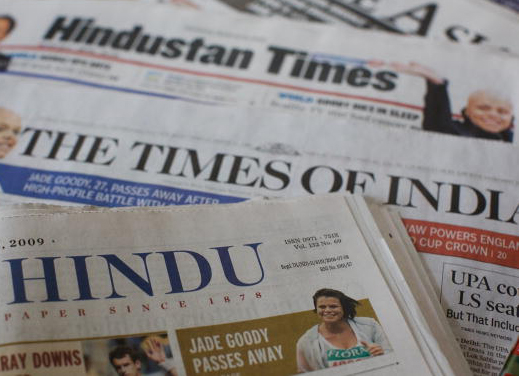IN FOCUS
เกาะติดข่าวเศรษฐกิจอินเดีย
Trump administration making a big mistake with India, warns ex-US Commerce Secretary (The Economic Times) Former U.S. Commerce Secretary Gina Raimondo criticized the Trump admini ...
จับตาเศรษฐกิจ กฎระเบียบและนโยบายอินเดีย
India’s economic trajectory and implications for BIMSTEC Indian economy with its strong democracy and solid alliances, is predicted to develop at the quickest rate of growth in th ...
เรื่องน่ารู้เกี่ยวกับอินเดีย
การค้าและโอกาสการลงทุนในภูมิภาคอินเดียตะวันออกเฉียงเหนือ Trade and investment opportunities in the Northeast region of India (NER) จากความคืบหน้าของการการสร้างทางหลวงไตรภาคีอินเด ...
รู้จักธุรกิจไทยในอินเดีย
“กัลกัตตา” หรือ “Kolkata” เป็นเมืองหลวงของรัฐเบงกอลตะวันตก (West Bengal) เป็นมหานครขนาดใหญ่อันดับ 3 ของอินเดีย มีประชากร 45 ล้านคน เป็นแหล่งรวมอารยธรรมของกลุ่มชาติพันธุ์และภาษาเบง ...















